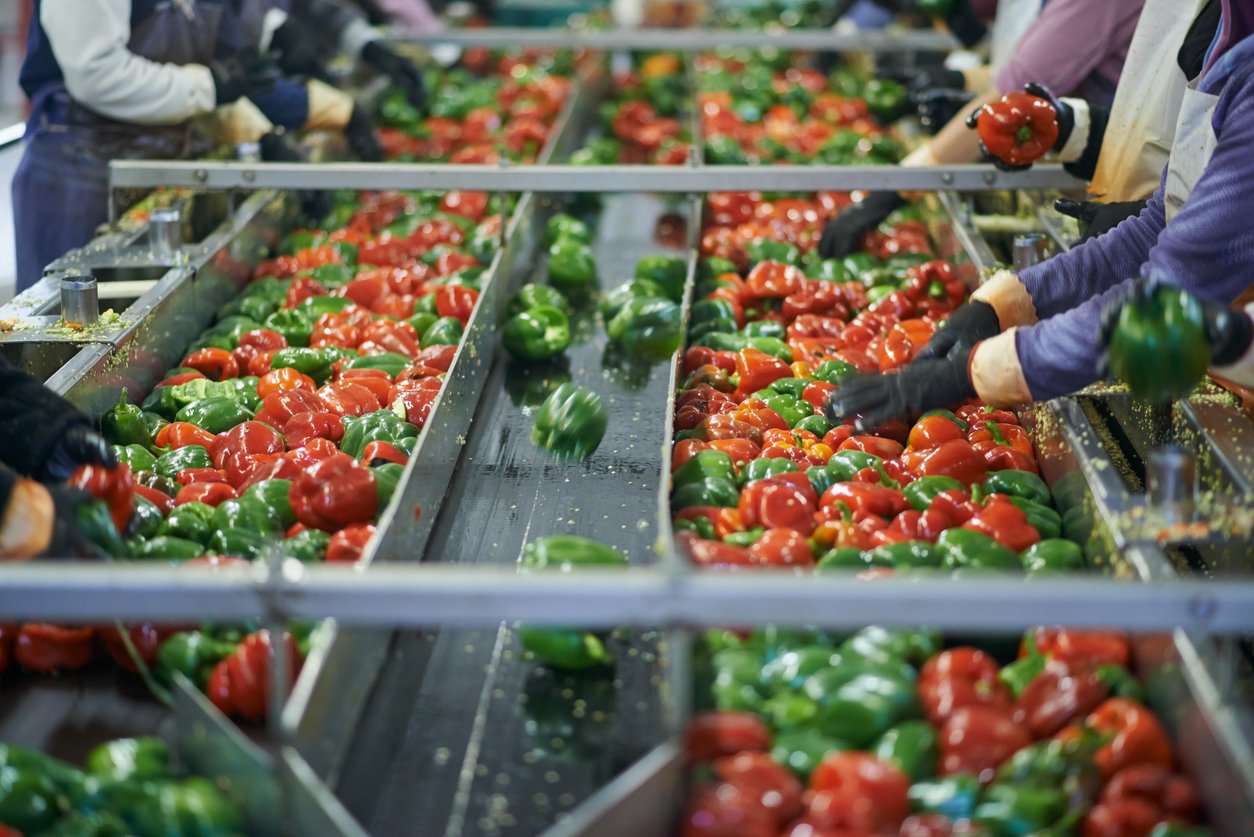No one wants to bite into a piece of food and receive a mouthful of sharp metal—but that’s exactly what happened in two recent an unrelated quality events at major Food and Beverage (F&B) manufacturers. Food safety contamination incidents involving metal, plastic, and broken glass are among the worst category of food contamination incident—not just because it can directly harm the consumer, but also because there’s a “gross-out” factor that can quickly lead to widespread negative attention in media and social media platforms.
The average direct cost of a recall in the F&B space is close to $10 million, but expenses can range much higher—some companies have lost hundreds of millions or even billions of dollars. Meanwhile, direct costs only measure the amount companies spend on notifications, reverse logistics, and product disposal. The cumulative effect of lost sales can depress entire industries. If someone finds shards of metal in their ice cream, for example, the entire ice cream industry may take a hit—not just the original offending company.
F&B companies can prevent these food safety incidents, but it requires a commitment to food safety management and quality management systems. Some process technology can help, but technology can’t prevent these incidents alone. Facility design, maintenance schedules, and supplier management will all come into play when it comes to preventing metal contamination in the F&B space.
Metal Detectors Alone Can’t Stop Contamination
The gold-standard way to prevent metal contamination in F&B is to run food containers through a metal detector, just like one you’d go through at the airport, and then remove anything that beeps. If it’s that simple, how does any metal contamination ever reach the customer?
As with most aspects of manufacturing, the devil is in the details. Since neither technology nor its human operators are infallible. In a metal detection scenario:
- The metal detection system could fail, automatically approving all food containers without actually scanning them for contaminants.
- The reject system could fail, allowing a contaminated container to proceed downstream.
- A human operator could become distracted, ignoring warnings from the metal detector or the reject system and allowing contaminated containers to proceed downstream.
- The logging system could malfunction, allowing administrators to see that some containers were contaminated, but not which ones.
In short, there needs to be a considerable amount of process consideration around metal contamination. Food safety management administrators need to add failsafes to the detection system and attempt to minimize opportunities for contamination both at the source (by vetting suppliers) and throughout the manufacturing process. Lastly, administrators also need to look for contamination by sharp objects—glass, ceramics, plastic, etc.—that a metal detector would fail to recognize.
Metal Detectors Must Work Alongside Food Safety and Quality System Software
First, administrators need to optimize their metal detector placement. Commonly, the metal detector is the last or second-to-last step before the product is shipped off to consumers, but there are arguments for placing more detectors in other parts of the assembly line.
First, Food Safety Modernization Act (FSMA) requirements emphasize traceability in the F&B manufacturing process. The closer a product is to an assembly line, the harder it is to trace. In addition, F&B manufacturers commonly use a vast and shifting array of suppliers. In order to trace metal contaminants back to specific suppliers, it may be best to place a metal detector at your raw material intakes.
Second, if you have a metal detector at your material intake and a metal detector right before your ship the product off to customers, that still leaves your entire manufacturing process in the middle. If you detect contaminants in your product before the loading dock, you now have to go back and check all your capital equipment to see what’s broken.
Since this could lead to extensive unplanned downtime, this best option is for manufacturers to place metal detectors midstream—between different clusters of machines, or between each machine where practical. This means that as soon as metal contamination appears, you can quickly narrow down the source of contamination and conduct maintenance. Manufacturers might also consider using x-ray devices here and in other areas to detect plastic, glass, ceramics, and other non-ferrous contaminants.
Finally, manufacturers must regularly test the fail-safes surrounding the metal detector system and log the results of the tests to promote traceability and accountability. If a contaminated product isn’t removed from the manufacturing line once detected, then the results could be very expensive.
Stop Contamination at the Source with Food Safety Software from ETQ
The best way to catch metal contamination is to prevent it from happening in the first place. This means conducting supplier audits to ensure that you’re working with reliable partners, as well as scheduling predictive maintenance cycles in order to fix your capital equipment before it becomes a liability. With ETQ Reliance, F&B manufacturers can proactively monitor both their supply chains and their equipment in order to catch contamination and deliver high-quality products to their customers.
With our Supply Chain Quality application, users can set up inspection schedules, create sampling plans, and skip lot profiles. In order words, you can understand how often you’ll inspect shipments from your suppliers and specify how much of their shipment must be inspected. You can also set up supplier quality audits to ensure that they’re following best practices in terms of inspecting their own shipments on the way out the door.
Meanwhile, our New Product Introduction suite includes an HACCP (Hazard Analysis and Critical Control Points) application that can help administrators implement preventive control processes designed to alleviate metal and other forms of contamination before they can reach your food or your customers. With ETQ, F&B manufacturers can augment existing process controls in order to minimize the risk of contamination, recalls, fines, and more. Contact us for a free demo today!


